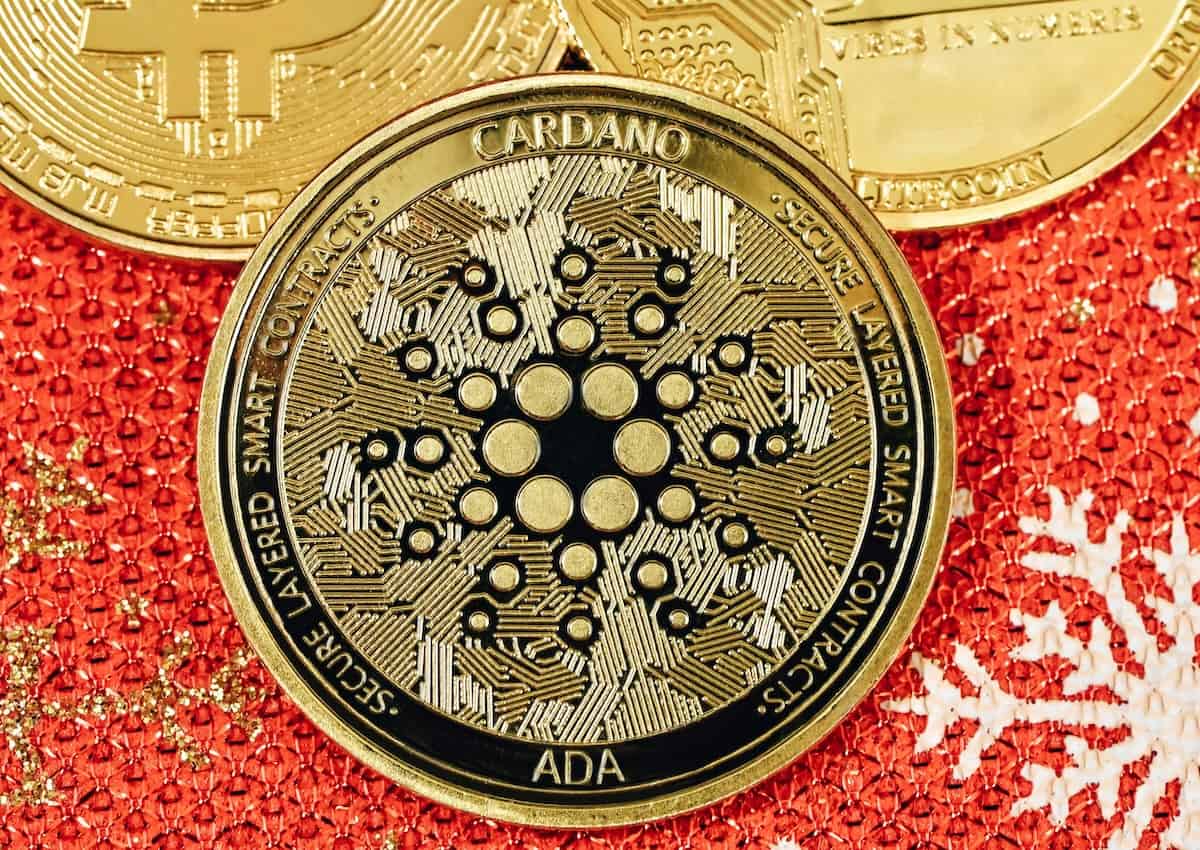In the ever-evolving world of cryptocurrency, two prominent players stand out: Bitcoin and Cardano’s ADA. Both have garnered significant attention and investment, but they operate in fundamentally different ways.
This article aims to explore the synergy between Bitcoin and Cardano, delving deep into their respective features and discussing how they can complement each other to create a more robust blockchain ecosystem.
For those looking to navigate these waters, the pattern-trader.app/ offers a unique opportunity to learn investments from professionals.
Bitcoin and Cardano: A Comparative Analysis
Bitcoin, often referred to as digital gold, was the first cryptocurrency and remains the most well-known. It operates on a Proof-of-Work (PoW) consensus mechanism, where miners compete to solve complex mathematical puzzles to validate transactions and secure the network. Bitcoin’s primary purpose is to serve as a decentralized digital currency and store of value.
On the other hand, Cardano takes a more scientific and research-driven approach. Developed by IOHK, Cardano employs a Proof-of-Stake (PoS) consensus mechanism, relying on a network of validators rather than miners. Cardano is designed for scalability, sustainability, and interoperability and aims to enable secure and programmable financial systems.
Comparing the two, Bitcoin excels in terms of security and adoption, while Cardano focuses on innovation and scalability. The synergy between these two cryptocurrencies lies in their complementary strengths.
Interoperability: Bitcoin and Cardano
Interoperability is a crucial concept in the blockchain space. It refers to the ability of different blockchains to communicate and share data seamlessly. While Bitcoin is a robust network, it lacks native support for smart contracts and advanced features. Cardano, with its focus on interoperability, aims to bridge this gap.
Cardano’s approach involves creating a two-way pegging mechanism that allows Bitcoin to be represented on the Cardano blockchain, and vice versa. This interoperability opens up exciting possibilities, such as allowing Bitcoin holders to access Cardano’s smart contract capabilities while still holding their Bitcoin securely.
Cross-Chain Transactions and Atomic Swaps
Cross-chain transactions are transactions that occur between different blockchains. They enable the exchange of assets or data between two distinct ecosystems. Cardano’s development of cross-chain capabilities can revolutionize how Bitcoin interacts with other cryptocurrencies.
One particular innovation in this regard is atomic swaps. These are trustless, peer-to-peer exchanges between different cryptocurrencies, such as Bitcoin and Cardano’s ADA. Atomic swaps ensure that neither party can cheat, making transactions more secure and eliminating the need for intermediaries.
Smart Contracts and DApps Integration
Smart contracts are self-executing agreements with the terms of the contract directly written into code. Bitcoin’s scripting language is relatively simple compared to more advanced smart contract platforms. Cardano, on the other hand, has been designed with a robust smart contract platform that supports a wide range of decentralized applications (DApps).
While Bitcoin can benefit from Cardano’s smart contract capabilities, Cardano can leverage Bitcoin’s extensive user base and liquidity. By facilitating the integration of DApps on the Cardano blockchain, Bitcoin users can access a broader range of services and applications.
Scalability and Sustainability
Bitcoin’s success has come at the cost of scalability. The PoW mechanism used by Bitcoin requires significant computational power, resulting in high energy consumption and slower transaction speeds. Cardano addresses these issues by utilizing PoS, which is more energy-efficient and scalable.
Cardano’s layered architecture and research-driven approach have enabled it to explore scalability solutions without compromising security. By collaborating with Bitcoin, Cardano can share its knowledge and innovations, potentially improving Bitcoin’s scalability and long-term sustainability.
Investment and Portfolio Diversification
For cryptocurrency investors, portfolio diversification is a sound strategy to manage risk. Bitcoin and Cardano represent different aspects of the blockchain ecosystem. Bitcoin is often considered a store of value, while Cardano is a promising platform for decentralized applications and smart contracts.
Investors can benefit from holding both Bitcoin and Cardano, as they provide exposure to different opportunities and risks. Bitcoin’s stability and adoption can act as a hedge against market volatility, while Cardano’s growth potential can offer higher returns.
Conclusion
In conclusion, the synergy between Bitcoin and Cardano presents a compelling narrative for the future of the blockchain industry. While Bitcoin continues to be a dominant force, Cardano’s innovative approach and focus on scalability and interoperability offer solutions to some of Bitcoin’s limitations.
As the cryptocurrency space evolves, collaboration between different blockchain projects will become increasingly important. Bitcoin and Cardano have the potential to work together harmoniously, benefiting not only each other but also the broader blockchain ecosystem.
The journey towards greater synergy and collaboration between these two cryptocurrencies is just beginning, and it will be exciting to see how they evolve together in the years to come.

